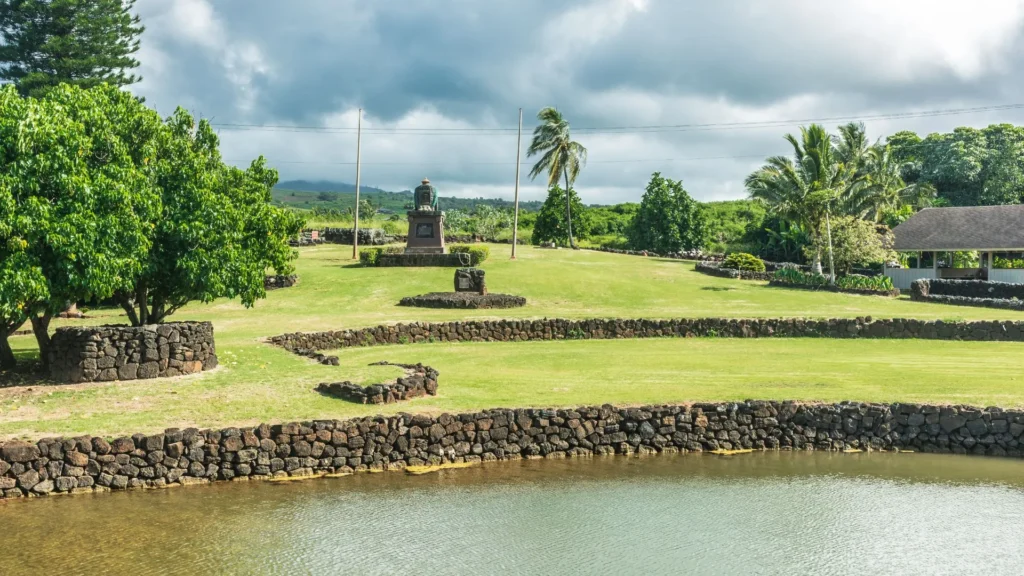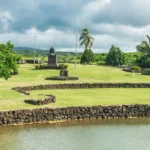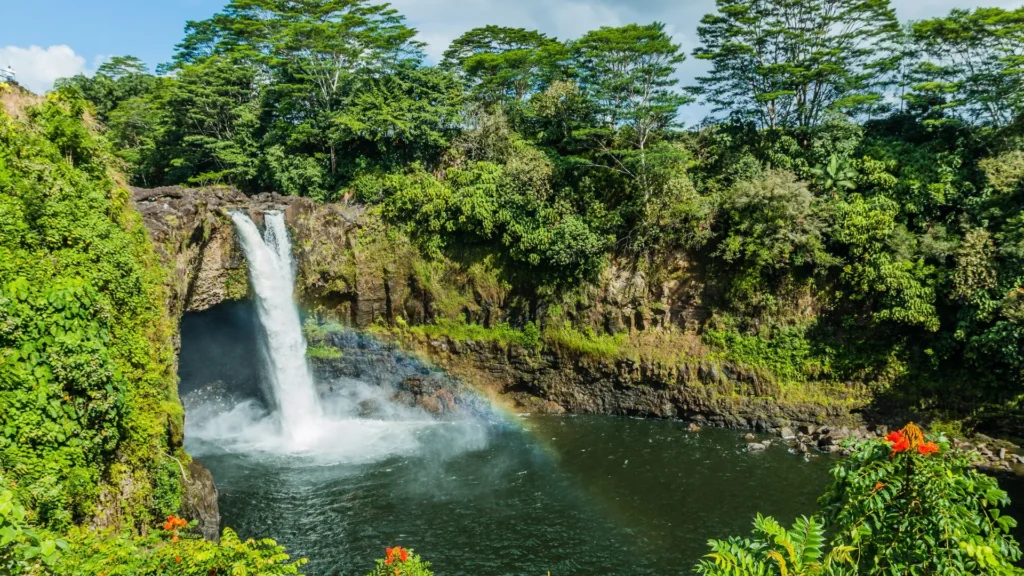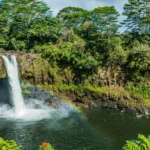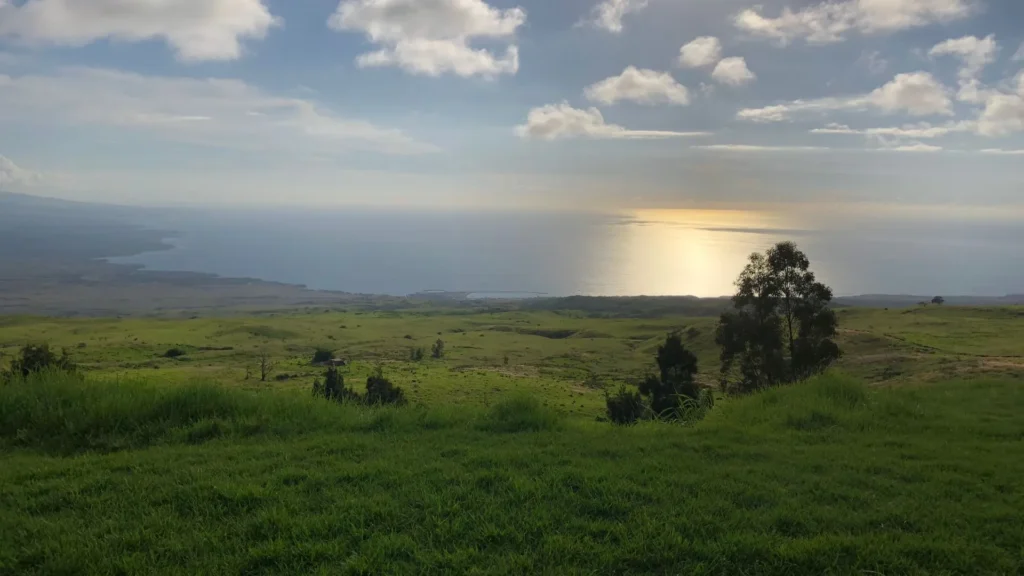
Featured Communities
Search by population below.
What We Do
At ExploreHawaii.US, we’re proud to be the #1 community discovery platform in Hawaii, helping people see why the Aloha State is the best place to live, work, and play.
We bring every corner of Hawaii to life with in-depth digital guides that showcase the unique character of each community and county. Whether you’re a home buyer searching for the perfect neighborhood, a commercial developer exploring growth opportunities, or a visitor looking for authentic Hawaii experiences, our platform is your trusted resource.
Our mission is simple: to connect people with the opportunities and lifestyle that only Hawaii can offer. From bustling cities to island villages, we highlight the history, culture, real estate, and business potential that make every community worth discovering.
By featuring every community and county across Hawaii, ExploreHawaii.US is more than a website—it’s a powerful tool for families, investors, and travelers who want to make informed decisions and fully experience the best of Hawaii.
Explore Hawaii. Discover opportunity. Live the life you’ve been dreaming of.

